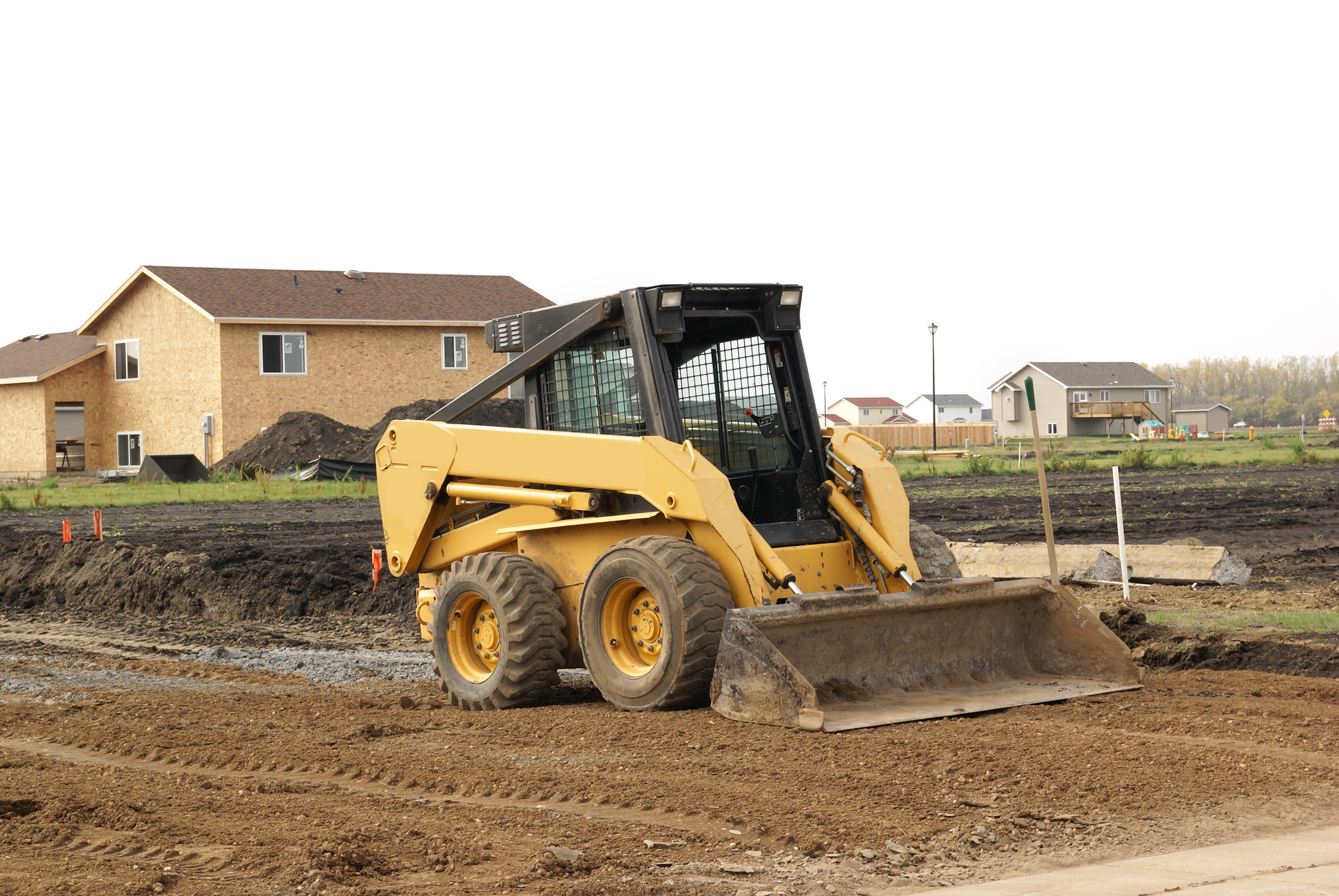The Future of Work: Exploring the Rise of Flexible Workspaces
In a rapidly changing world, how we work is evolving unprecedentedly. The traditional 9-to-5 office model gives way to a more adaptable and dynamic approach known as flexible workspaces. This transformation is driven by various factors, including technological advancements, shifting employee preferences, and the need for more sustainable work environments. In this article, we’ll delve into the rise of flexible workspaces and how they shape the future of work.
1. The Evolution of Work
Work has come a long way from cubicles and fixed desks. In recent years, the concept of work has evolved to accommodate various work styles and preferences. The gig economy, remote work, and the rise of freelancing have all played a role in redefining what work means. As a result, how we view and structure our workplaces has had to adapt.
2. What Are Flexible Workspaces?
Flexible workspaces are work environments designed to provide employees with various options for how and where they work. These spaces often include open-concept areas, private offices, co-working spaces, and meeting rooms. The defining characteristic of flexible workspaces is that they can be tailored to individual and team needs, allowing workers to choose the environment that best suits their tasks and working style.
3. The Benefits of Flexibility
Flexible workspaces offer several advantages to both employers and employees. For workers, they provide the freedom to choose when and where to work, promoting a healthier work-life balance. Employers benefit from increased employee satisfaction, improved productivity, and the potential to reduce overhead costs associated with maintaining a traditional office space.
4. Setting up Satellite Offices
One aspect of flexible workspaces that has gained significant attention is setting up satellite offices. Companies increasingly establish more diminutive, strategically located offices besides their main headquarters. These satellite offices often cater to remote or dispersed teams and provide a local base for employees. They can be set up in coworking spaces, rented office suites, or even in specific buildings designed for this purpose.
5. The Square Bowen Building
The Square Bowen Building is a prime example of a workspace solution that caters to the needs of modern businesses. Located in the heart of a bustling business district, this renovated historic building offers diverse workspaces. From shared coworking areas to private offices, it’s designed to meet the needs of small startups and established companies looking to set up satellite offices.
6. Adaptability for the Hybrid Workforce
The COVID-19 pandemic accelerated the shift towards flexible workspaces. Many employees are now accustomed to working from home, so companies are adopting a hybrid work model that combines in-office and remote work. Flexible workspaces are crucial in accommodating this hybrid workforce by providing a flexible, on-demand office environment.
7. Sustainability and the Future of Work
As we contemplate the future of work, we can’t ignore the importance of sustainability. Flexible workspaces are making strides in this area, contributing to more environmentally friendly workplaces. These spaces often incorporate eco-friendly design elements, emphasize energy efficiency, and reduce the carbon footprint associated with daily commuting.
Conclusion
The rise of flexible workspaces is a direct response to the evolving needs and expectations of the modern workforce. With a focus on adaptability, sustainability, and providing a range of work environments, they are well-positioned to shape the future of work. In the era of the hybrid workforce, flexible workspaces offer a solution that supports remote work, fosters collaboration, and ultimately enhances the overall work experience. As businesses continue to explore innovative workspace solutions, options like Setting up a Satellite Office, exemplified by The Square Bowen Building, will play a pivotal role in ensuring companies remain agile and adaptable in the ever-changing world of work. Embracing the shift towards flexible workspaces is not just an option; it’s necessary for staying competitive and relevant in tomorrow’s business world.









